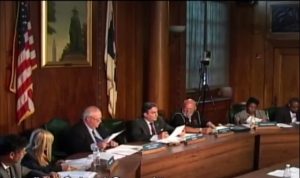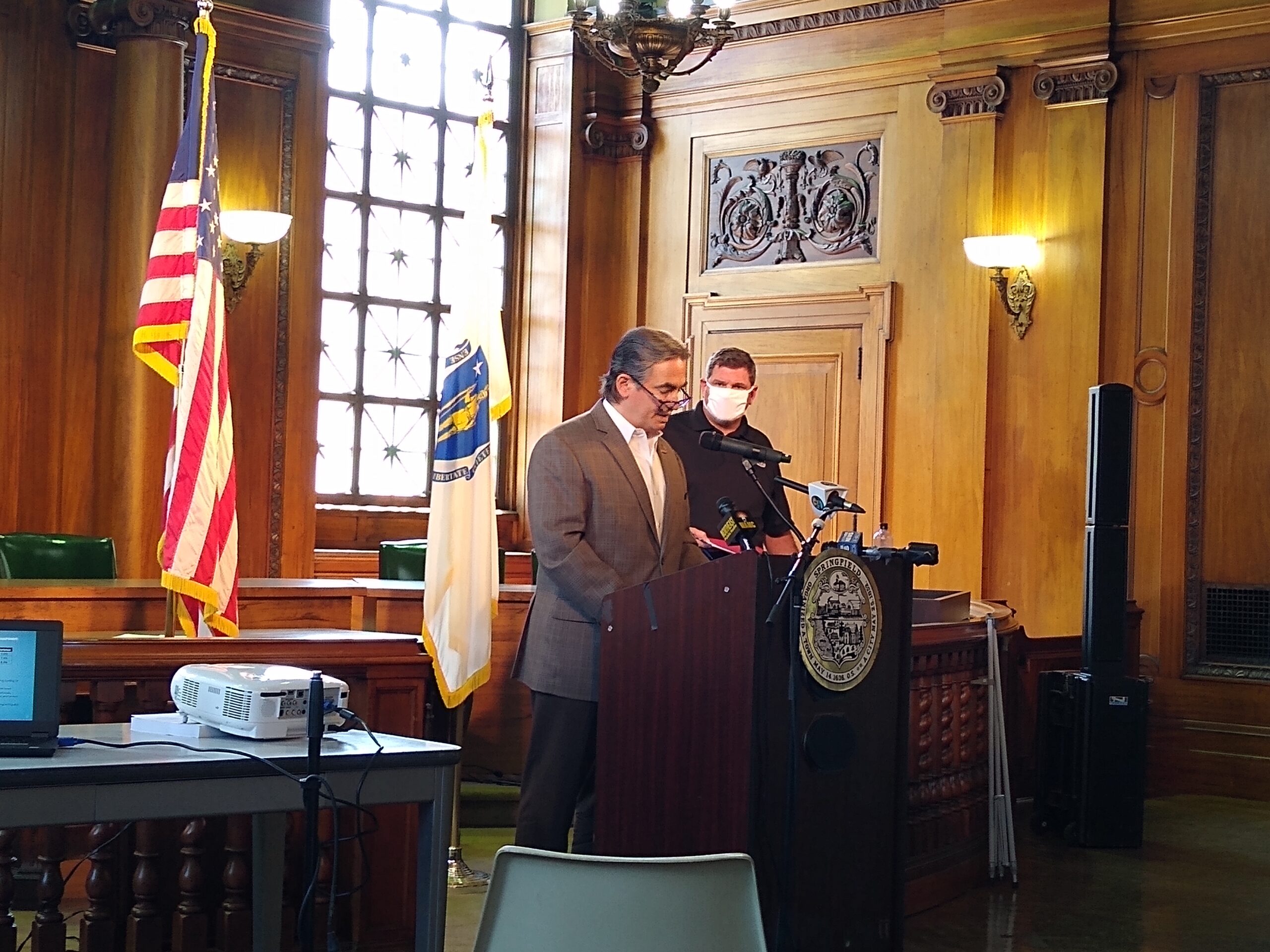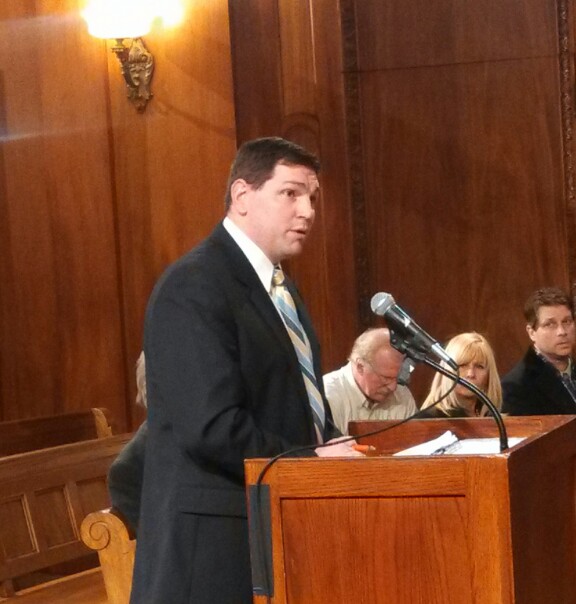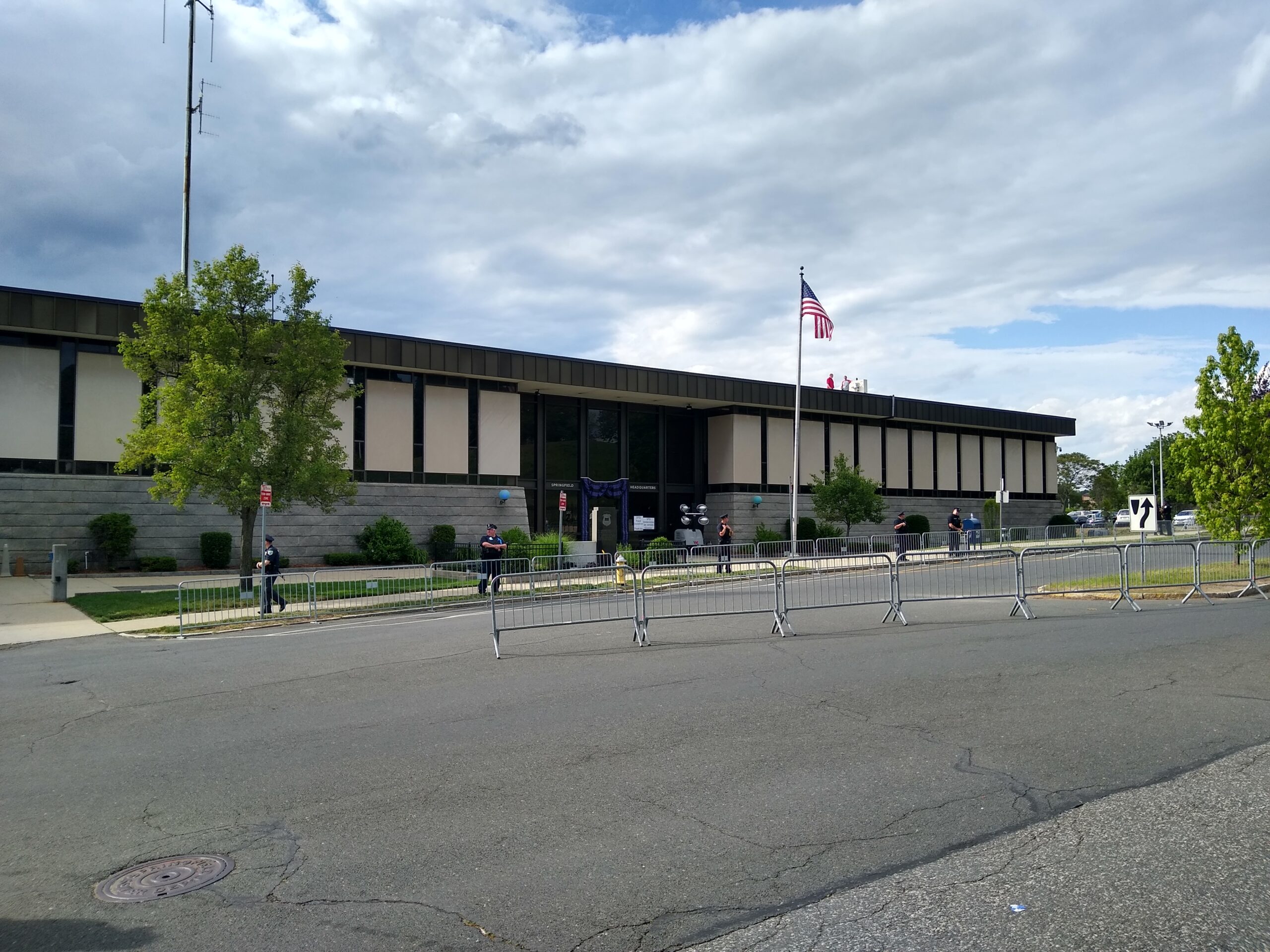COVID Brings Springfield Dark Times, but Not Fiscal End Times…Yet…
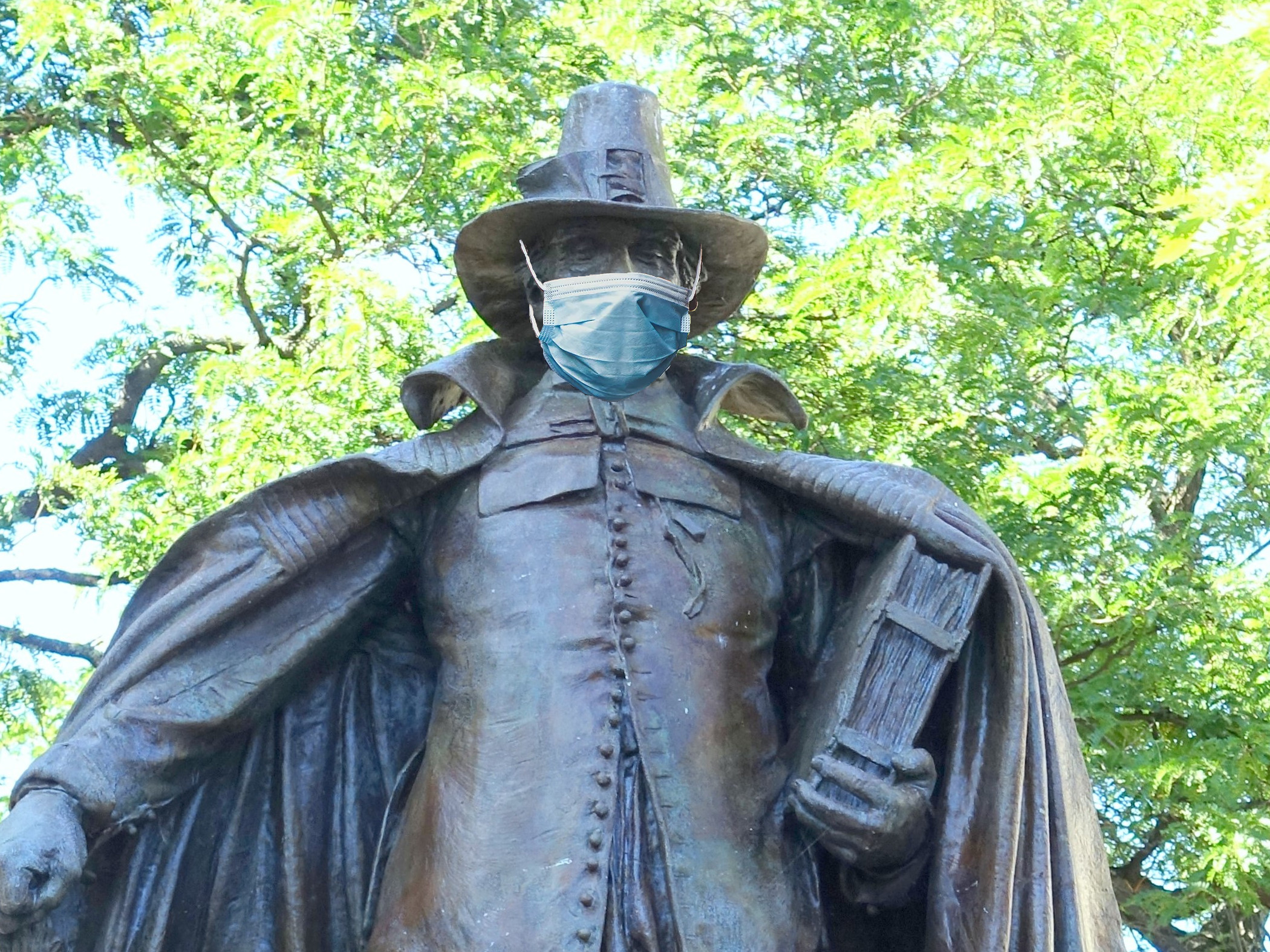
COVID leaves Springfield with an austere budget, but the virus hasn’t completely gagged city finances yet. (created via wikipedia & google search images)
SPRINGFIELD—Despite the novel coronavirus’ sudden economic upheaval, which has pummeled government tax revenues, the City of Springfield has prepared a budget without layoffs or cuts to services. Yet, the city’s first coronavirus fiscal year will be hard. A spending and hiring freeze dating to March gave the city the breathing room to (hopefully) close out this fiscal year in the black and yield savings to keep FY2021 in balance.
Mayor Domenic Sarno and Chief Administrative & Financial Officer Timothy Plante presented the budget beginning July 1 during a press conference Friday. The budget assumes a doomsday scenario of millions cut from state aid along with slashed local receipts. However, officials hope Congress will move to replenish gutted state and local coffers.
The budget is actually up 5.3% over FY2020, totalling nearly $729 million. That is primarily because the School Department is up 7.4% to $478 million, assuming the commonwealth’s will still fund a promised boost in school funds. With state revenue projects plummeting by the billions, that seems increasingly unlikely.
Sarno called this an austerity budget, but the city side is up 1.6% to nearly $251 million. The increase was driven by COVID expenses, bargained-for raises and pension payments.
Under state law, the School Committee writes its budget. Because the nearly all Springfield school monies come from local mandates or the state, the mayor and Council cannot impose School Department cuts. Plante did say Friday that the schools have a contingency plan should new school funds do not materialize.
The city could face additional school cost on its side of the budget. Governor Charlie Baker’s administration promulgated school reopening rules for this fall, but left it to local communities to figure out how to pay for and implement them. Springfield Schools are planning a hybrid in-school/remote schoolyear, but social distancing could potentially increase busing costs. The city, not the schools, pay for buses.
In addition, the city may need to secure vast stocks of personal protective equipment (PPE) to reopen the schools. The degree to which the Federal Emergency Management Agency will reimburse these costs is unclear.
Another budgetary impact from COVID-19 is more indirect. Because of funding formulas, Springfield also benefits from generous reimbursements from the Massachusetts School Building Authority. Usually, the city fronts the cash for projects and the state reimburses at agreed-upon rates. The remaining costs come out of the city budget, not the school budget.
The MSBA’s funding comes from the sales tax, which, atypically for recessions, has also taken a beating. Plante said that the MSBA had committed to paying its share for projects that had been approved before the pandemic hit.
But even on the city side, this was challenging. Plante, whose tenure dates to the Control Board era, said this was his most difficult budget. Over 13 years in city government, no budget had the uncertainty that this crisis had precipitated.
A major X-factor is millions lost in aid from the state. In the current fiscal year, Springfield received more than $40 million in unrestricted state aid. Original state revenue forecasts forced Plante and his team to assume upwards of a 28% cuts or to about $11 million in lost revenue.
The city has seen its own local receipts such as fees and fines fall and meals and hotel taxes plummet, too. There were also concerns that property tax payments could fall off as people lose work. Yet on Friday, officials were optimistic on that front. Excise tax revenue had fallen, but that happened during the early days of the pandemic. Since then, most local tax payments have been coming in.
Still, between state aid losses, million in local receipts disappearing, COVID-19 related expenses and annual structural deficits, Springfield officials had to bridge a $38 million hole. According to a handout from the city’s Office of Management & Budget, this figure was double recent fiscal challenges.
One benefit, the handout claims, was a changing understanding of the impact on the economy. City budget writers now hope to lose only about half as much unrestricted aid. Local receipts are projected more optimistically as well with only a 10-25% loss.
To balance the rest, the city took advantage of several circumstances and options. Among them were lower debt repayments, the hiring freeze, savings from programs the outbreak voided (like summer school busing) and zeroing out cost-of-living adjustments for nonunion city employees.
The city also leaned on free cash from FY2019 and the projected free cash from FY2020. Using free cash (unspent funds) from roughly two fiscal years prior to balance budgets is not unusual in Springfield. It is not ideal, but it has kept city finances together for a decade. With many expenses locked, cuts only relieve so much without devastating services. More importantly, free cash it is rarely exhausted entirely (the remainder goes into reserves or one-time capital expenses).
What is unusual is using free cash from the immediately preceding fiscal year. Because the state does not certify a state’s free cash until months into the fiscal year, using it creates tenuous presumptions about whether the budget is truly balanced. That balance is mandatory before the City Council can set the tax rates. Without those, the city cannot collect property taxes the following calendar year.
By comparison, Holyoke frequently uses the free cash of the prior fiscal year to balance its annual budget. The result is a somewhat cloak-and-dagger appropriation process almost every year.
Still, Plante and others hope the feds come through. The House has already passed more than $1 trillion in relief for state and local budgets, but the Senate has dithered.
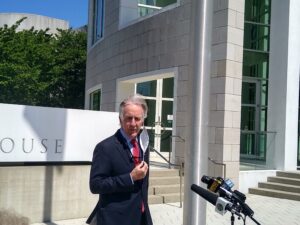
US Rep Richard Neal last month. His committee co-wrote the latest COVID bill which includes local and state fiscal relief. He has been in regular touch with Springfield officials about its needs. (WMP&I)
Many PPE costs may not qualify for FEMA money. If the pandemic’s fiscal turmoil—as opposed to just recessionary conditions—last longer than a year, the city will run out of fiscal runway. Plante suggested that if the money does come, Springfield would probably bolster its reserves to weather the recession.
Free cash is not Springfield’s only assumption. It projects that property values will still rise and that new growth will capture additional revenue in property taxes. So far, City Assessor Richard Allen said, there is no evidence COVID-19 has undermined housing prices. However, as with past recessions, it could be years before such impact manifests.
Under Proposition 2 ½, Massachusetts localities’ property tax levy cannot exceed 2.5% of all taxable property. In Springfield, different rates for residential and commercial properties to redistribute that levy. The city cannot raise its levy more than 2.5% over the previous year’s levy, except for value arising from new growth such as construction or renovations. When property values fall too much, it can block cities from capturing the added revenue that new growth would otherwise provide.
In practical terms, residents will feel the leaner budget right now. On Friday, Mayor Sarno touted plans to continue sidewalk repairs—in neighborhoods not covered by Community Development Block Grants—and fund recycling despite the collapse recyclable materials market.
The handout shows cuts across most departments, many somewhat small. Exceptions include boosts to the Board of Assessors and the Collector’s office, both of which essentially make money for the city.
Although it faces a slight cut across the board, the Library Department does not face any branch closings or hours reduction as it has in past fiscal crises.
Amid the protests for racial equality following the police killing of George Floyd, the Springfield Police budget is down 0.8 percent. Unlike in other cities, local activists have not demanded defunding or substantially reallocating Springfield’s police budget, at least not yet.
Sarno said the city planned to implement a staggered academy later this year to stay ahead of attrition. This suggest no plans to increase the cop headcount in Springfield. A net decline is even possible, depending on retirements. Other new department expenses this year include projects racial justice activists would probably applaud like the rollout of body cameras.
Other upped expenses relate to COVID-19. Police Commissioner Cheryl Clapprood has said limiting only one cop to a car to maintain social distancing has decreased the life of the average cruiser. New vehicles are on the menu.
Plante said he expects to present the budget with city councilors over the next week. The Council can cut budget lines, but it cannot add or transfer funds. It then votes on the entire budget.
Council President Justin Hurst and at-large Councilor Tracye Whitfield, the Finance Committee Chair, did not respond to an opportunity to comment on the budget.
